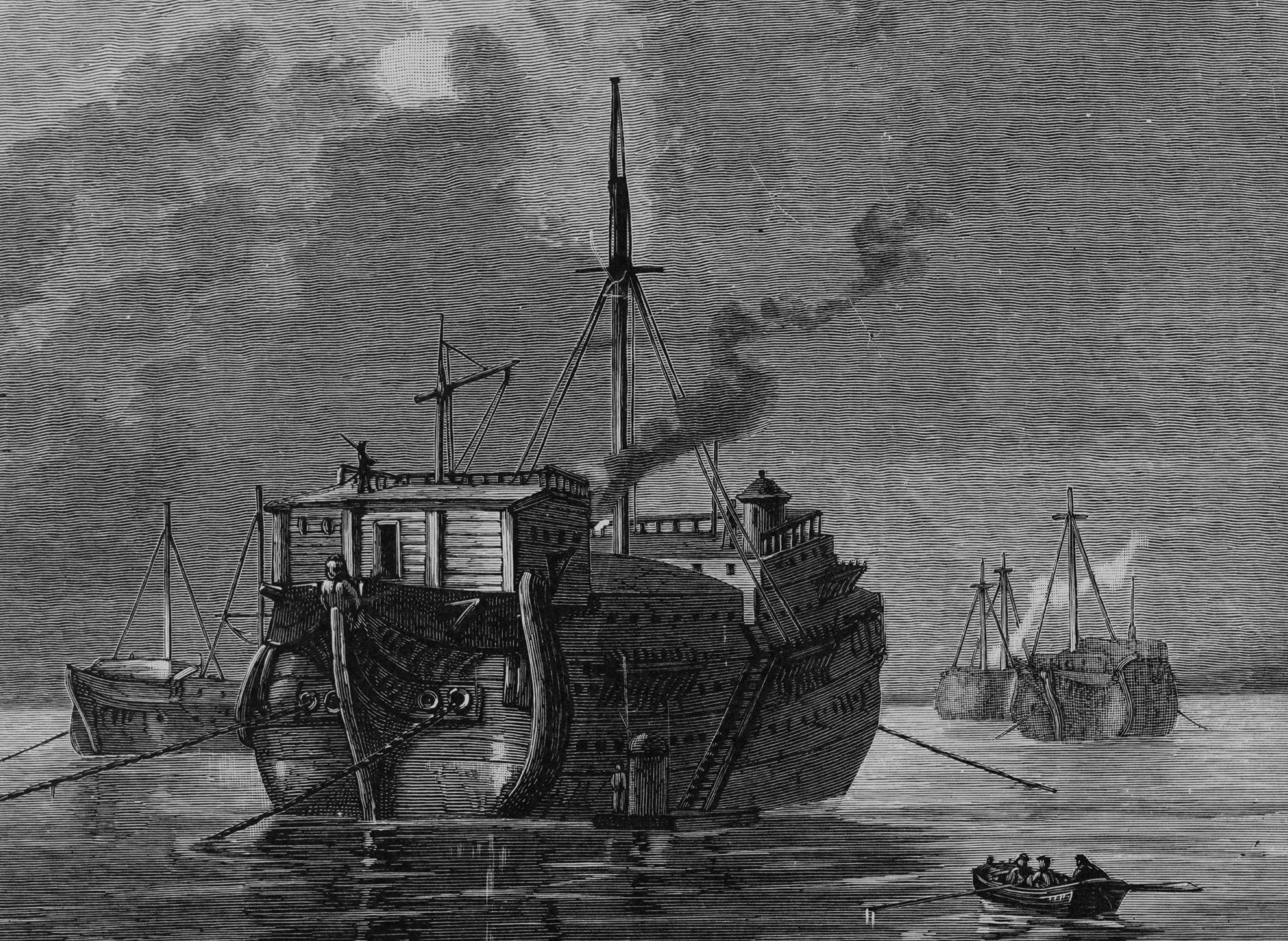The Prison Ship Martyrs’ Monument
Nestled in the heart of the vibrant Fort Greene neighborhood in Brooklyn, lies a gem that serves as the focal point of this ever-popular and bustling community. Fort Greene Park not only offers amazing views of the surrounding area and Manhattan skyline (I’ve attended many birthday parties there) but also holds a rich historical significance that might surprise many of its visitors.
Fort Greene Park was actually a Revolutionary War fortification and commemorates the 11,500 American prisoners of war who died in gruesome captivity aboard British prison ships during the war!
Photo: Brooklyn Paper
Originally named Fort Putnam after George Washington’s Chief Engineer, it was built in the early days of the Revolutionary War, chosen for its commanding views of the harbor. Remember, there were no buildings or obstructions at the time. The Battle of Brooklyn, the largest battle of the war, was fought nearby shortly after we declared independence from Great Britain.
Postage stamp commemorating the Battle of Brooklyn - Photo: NYPL Digital Library
British prison ships in Wallabout Bay. - PLibrary of Congress
During the war, the British imprisoned Americans on ships moored in the East River just off Brooklyn in Wallabout Bay. There were around 12 known ships (all portholes sealed to prevent escape). One of them, the HMS Jersey, was designed to hold 400 people, but when used as a British prison ship they packed 1,400 men below deck. These men spent years suffering from the unbearable heat of New York City summer, and the harsh cold of its winter. They were served undrinkable water, stale meat, disease was rampant and the smell aboard was unbearable. Prisoners were occasionally brought above deck one at a time for a few minutes of fresh air.
Interior illustration of the HMS Jersey prison ship - NYPL Digital Archive
11,000 prisoners died aboard the ships, more than in all of the Revolutionary War battles combined.
Fort Greene in 1904 - Photo: Library of Congress
After the war the remains of the prisoners were scattered along the shores of Brooklyn. When the Navy Yard was being built the remains were collected and buried. In 1808, many years later, they were discovered and buried in a proper tomb nearby. In 1873 the remains were brought in 22 boxes to Fort Greene Park (the original burial site had been sold) and placed in a crypt.
The Prison Ship Martyrs' Monument commemoration in 1908 - Photo: Library of Congress
In 1908 after public outcry, the martyrs were built a proper memorial on the site. McKim, Mead and White, designers of the Public Library and my favorite New York City architectural firm, were hired to design the monument. Over the crypt stands a 149 foot tall doric column (the world’s tallest at the time) topped with an eight-ton bronze funeral urn. There is a 100 foot wide, 99 stepped staircase leading up to it. It’s quite an impressive structure.
The Prison Ship Martyrs' Monument in 1908. You can see the entrance to the crypt mid staircase. - Photo: Library of Congress
The Prison Ship Martyrs' Monument - Photo: WikiCommons
It's kind of wild to think that 11,000 prisoners of war were sitting off the shores of Brooklyn in horrible conditions while the Revolutionary War raged on. The next time you're passing through Fort Greene Park enjoying it's design and green space, don't forget to give a salute to the Prison Ship Martyrs' Monument and the many early colonists who sacrificed their lives for our future.







